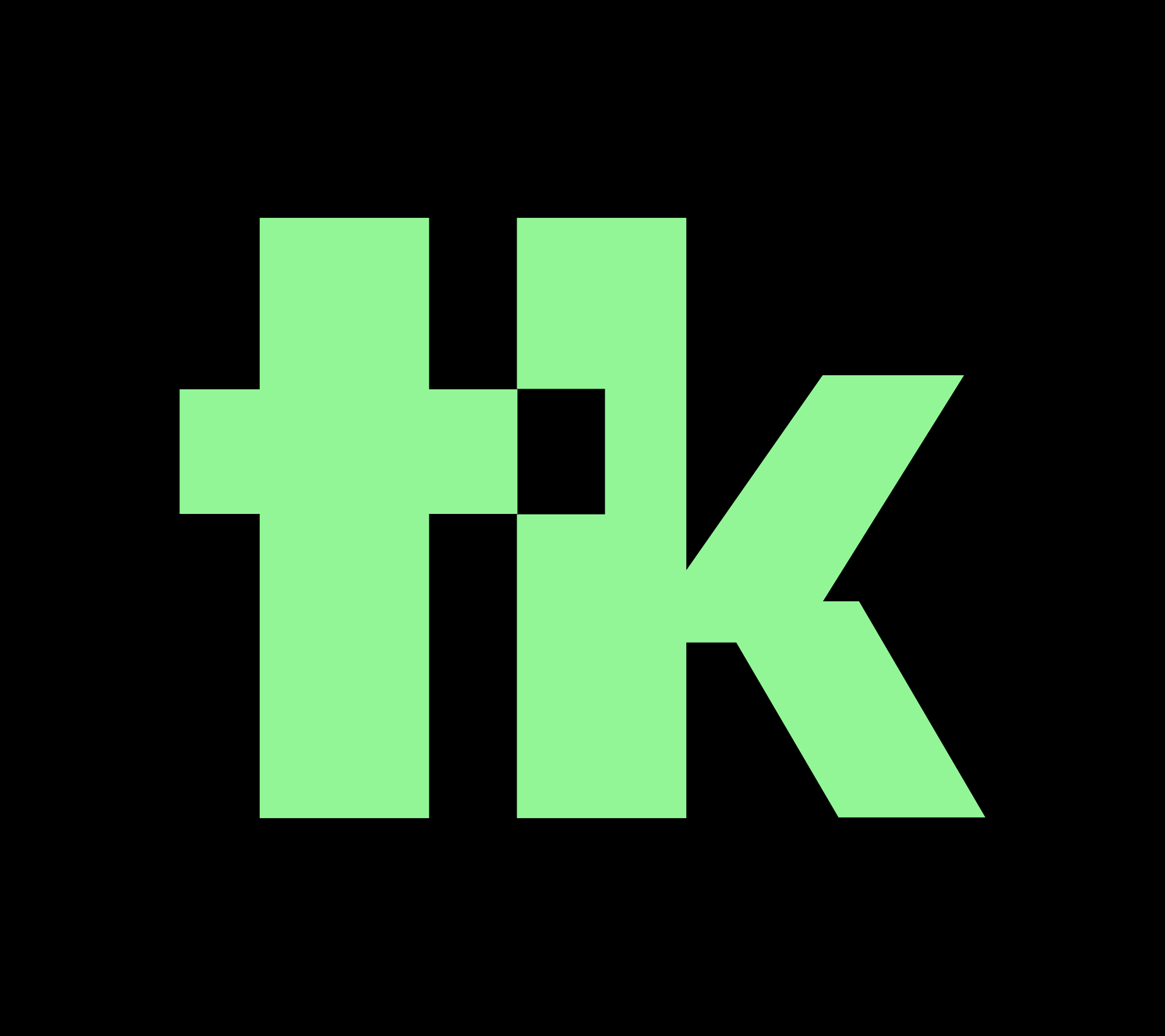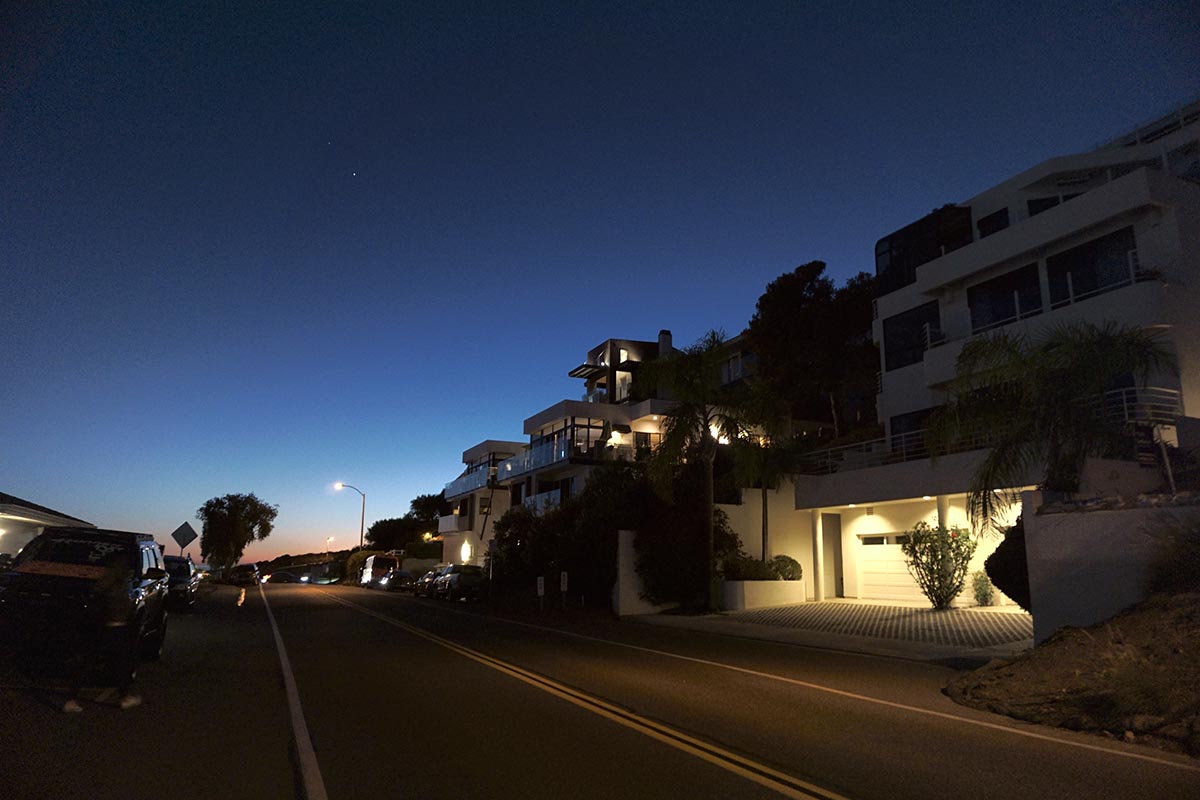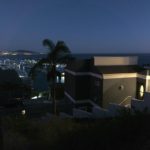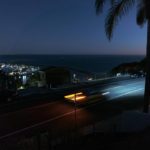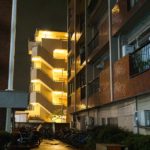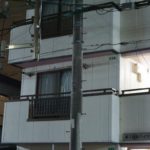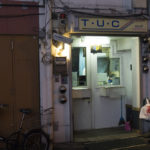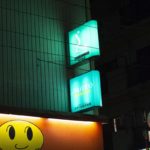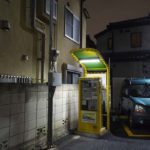The new year is almost upon us, and now is the best time to reflect on where we are and where we are heading. If you want to achieve a high level of satisfaction in your environment art journey, it pays off to have long term objectives. There are some activities you can take now that will help you improve your environment art game. These are small investments that you can take up at any time that will give you considerable payoffs in the long run!
Here are five ideas of what you can do more next year to accelerate your environment art evolution!
Take up Photography
This is my number one tip for the new year. If you can, get access to a camera that allows you to set Exposure settings manually. The benefits of photographing are immense:
- Build a high-quality library of personal reference pictures. When I travel to new places, I always carry my camera with me. There is nothing like seeing new textures, unique architecture, and different lighting situations to give fresh ideas for environment art.
- Improve your understanding of lighting. By taking pictures in different lighting conditions with different settings, the natural world’s relationships will become apparent to you.
- Improve your compositions. To take a good picture, one needs to understand composition and depth.
You don’t need a fancy DSLR camera to get started (those are very heavy and expensive). There are very high-quality compact cameras that will do just fine. I’m super happy with my Sony a6000 (which you can now find used on eBay for around US$300). It’s a small compact camera with replaceable lenses that give you access to all the settings a DSLR does. It was one of the best investments I ever made.
Here are some pictures that I took recently without a tripod in difficult lighting situations:
And some reference pictures that I took on my travels:
Draw More
Do not underestimate the power of drawing if you want to make more exciting environments. Sometimes we have an idea in mind that’s not very clear. It pays off to get a pencil and paper and draw the shapes. My number one tip for drawing is to turn off the brain’s logical part when doing it. I made my favorite drawings when I was able to just let my hands flow. Drawing is therapeutic and will improve your artistic sensibilities, two things that alone will improve the quality of your environment art immensely.
If you never draw, it’s hard to sit down and do it. Start small. Maybe draw once a month. Don’t wait for inspiration to strike, as sometimes inspiration comes after we start doing something. If you can draw from real life in exciting places, that’s a huge plus. Even if you do it once or twice a year, the benefits will be huge!
A great resource on this subject is a book called Drawing on the Right Side of the Brain. It offers some simple exercises to unlock your observational skills and improve your drawings in a short time.
Learn About Architecture
If you want to make more believable environments, even if you are working in highly stylized environments, it pays off to know a little bit about architecture.
If you don’t know where to start, here’s a good series on classical architecture that goes over all the ratios and proportions the master architects of the past used to create their masterpieces.
For modern architecture, look at Oscar Niemeyer, Frank Lloyd Wright, Mies Van Der Rohe, Bauhaus, Zaha Hadid, and Le Corbusier. This is just a small list. Find architects or styles that speak to you and research them.
Acquire New Knowledge
If you want to take your environment art to high levels, learning constantly is a must! Learning has to become part of your life, a habit if you’re going to achieve a high level in art, in your career, or whatever pursuits you have.
We are very fortunate today to have so much knowledge in such an accessible and fun way. Youtube is a fantastic tool for that, as are streaming services. There is an infinite amount of documentaries and videos on every subject that interests you.
Learning about finances will help you maximize your earnings and make long term investments that will grow your wealth. Learning about consciousness, sciences, health, mysteries, spirituality, etc… will help you understand yourself better, allowing you to function at higher levels. There’s a massive amount of high-quality GDC talks available for free. There are master classes you can take, tutorials you can acquire. There’s no shortage of knowledge available for curious minds!
Make it a habit, if you haven’t already, and the investment will pay off hugely!
Finish What You Started
The last tip is to resist the temptation of spreading your efforts too wide, sacrificing your focus. It’s ok to go on a tangent sometimes and take a break from a project, to work on another one for a very brief time, but make those breaks very limited, so you don’t lose touch with your main project.
When you catch yourself losing interest in a project, ask yourself why. If it’s because the theme is not exciting or engaging to you anymore, it’s ok to cut your losses short and move on. But most often, the reason will be that you hit a wall. Either you don’t know how to proceed, or the project got too complex to handle.
If you find yourself continually struggling to finish what you start, it might be that you lack direction. That’s especially true if you come from a self-learning background or working only in small teams with inexperienced artists (such as only with other students, etc…). It pays off to expose yourself to more experienced developers. It is the fastest way to learn all those little “tips and tricks” that make everything easier.
There are many ways to acquire such help. If you are on a budget or just looking for a particular answer, you can try Discord channels (Such as Exp-Points), Polycount, or Twitter. If you want to invest a bit more and receive much more in return, you can join mentorships. I offer many mentorship packages, such as one-hour single sessions, to group and VIP programs. My availability is limited, but I’m always happy to help eager artists! There are also amazing online schools and workshops one can atend.
Conclusion
The new year is a great time to define some meaningful goals and stick to them. As with everything in life, the results only come after you put time and effort into something, but most importantly, remember to have fun in whatever you are doing!
Count your blessings. Instead of focusing on misfortunes you might have had this year, be grateful for what you already have. Learn to love yourself and your work, and always give your best!
Let’s make 2021 a great year, despite all adversities!
To receive content like this one in your inbox, and updates on the content I create, join my mailing list!
